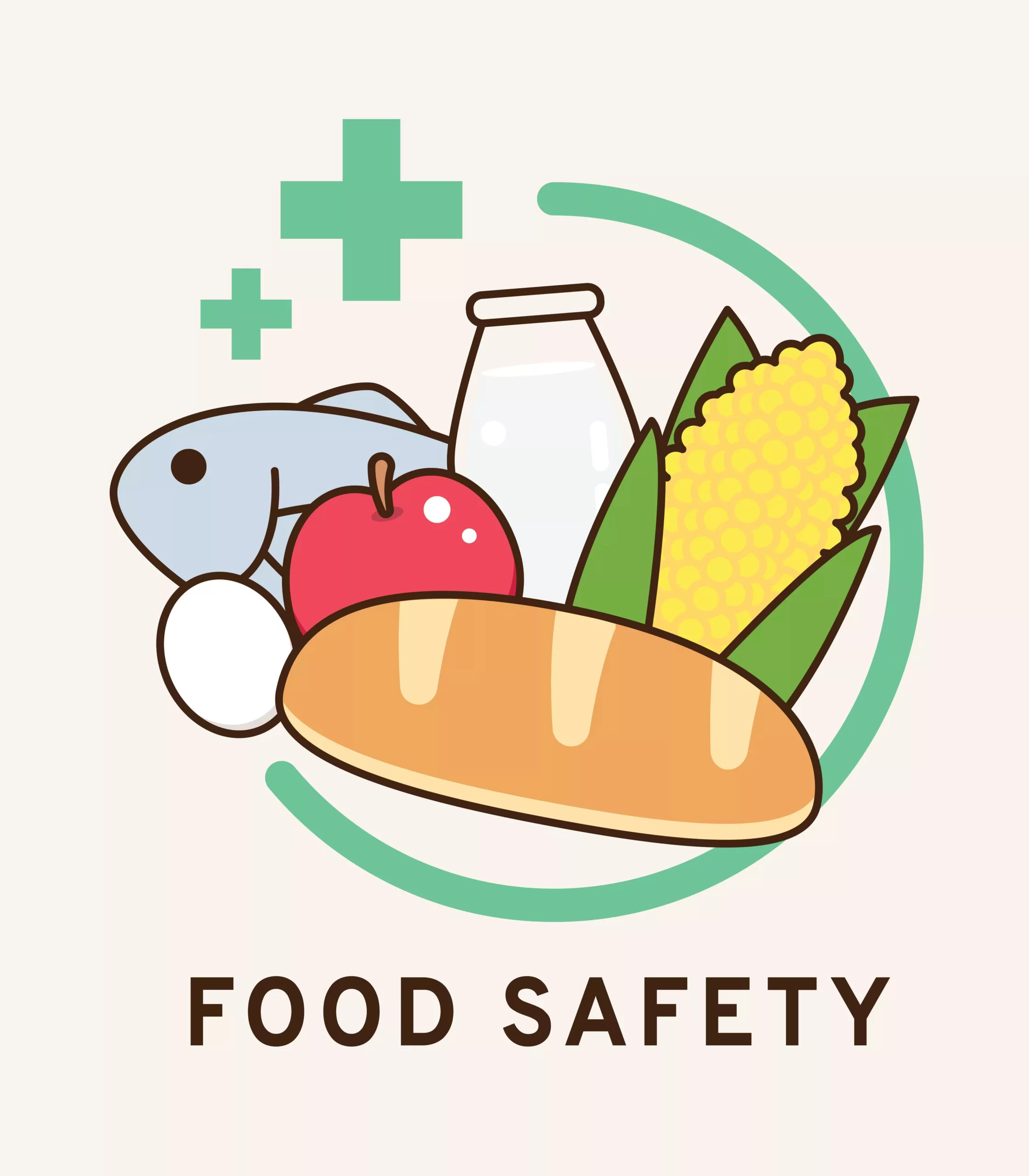No products in the basket.
Introduction:
If you or someone you care about is dyslexic, you must get service and support. People with dyslexia may be qualified learners and achieve their full potential with the proper therapies and help. Dyslexia affects people of all ages and socioeconomic backgrounds, although it is most typically diagnosed in kids. Dyslexia is a prevalent learning disability that affects up to 15% of the inhabitants. This blog post will deliver you the knowledge and resources to understand dyslexia.
Definition of Dyslexia
Dyslexia is a learning disability that hinders a person’s reading, writing, and spelling ability. This is unrelated to IQ since people with dyslexia can be just as brilliant as those who do not have it. Dyslexia can result in several symptoms, the most prevalent of which are difficulty with word decoding, spelling, and phonemic awareness (the ability to hear and manipulate the individual sounds in words). People who have this may have difficulty understanding what they read as well as written material.
A certified specialist, such as a psychologist or a neuropsychologist, is usually used to diagnose dyslexia. A full evaluation of the patient’s reading and writing abilities, cognitive capacity, and general functioning leads to the diagnosis. Several therapies, such as specialized reading and writing programs and classroom adjustments, are commonly used to treat dyslexia. These therapies can help persons with this improve their reading and writing abilities and overcome the disease’s obstructions.
Dyslexia, a complex condition, can significantly impact a person’s ability to read and write. Those with it can learn to overcome their problems and realize their full potential with the correct diagnosis and counselling.
How common is Dyslexia?
Dyslexia is more prevalent in some nations and cultures than others, although it is estimated to impact 5-17% of the global population. Males are more likely than females to have it, and it is usually hereditary, which means it may be passed down through generations. Dyslexia is difficult to diagnose and sometimes remains undiscovered until a kid is old enough to attend school. With the right help and accommodations, people with dyslexia may learn to read and write fluently and attain their full potential.
Signs of dyslexia
The term “dyslexia signs” refers to the prevalent symptoms or traits that people with this may display. These symptoms include difficulty reading, writing, and spelling, slow or inaccurate word recognition, phonological processing difficulties, phonetics difficulties, problems with word decoding and encoding, difficulty understanding and following written instructions, and difficulty managing time. Individuals with dyslexia also struggle with memory, concentration, and organization, as well as mathematical concepts.
Signs of dyslexia in children
Difficulty with reading and writing skills, such as mixing up letters and words, reversing letters or numbers, and difficulty with spelling and grammar.
Difficulty with phonetic decoding, or difficulty sounding out words.
Difficulty with letter and word recognition, such as trouble distinguishing between similar letters or words.
Difficulty with comprehension, such as difficulty understanding written or spoken language.
Difficulty with organisation, such as trouble keeping track of information and remembering sequences of letters or numbers.
Difficulty with attention and concentration, such as difficulty focusing on a task or staying on task.
Difficulty with maths, such as difficulty understanding number concepts and difficulty with maths problem solving.
Difficulty with fine motor skills, such as difficulty with handwriting or difficulty using a pencil or pen.
Signs of dyslexia in adults
Difficulty with reading and decoding words
Slow reading speed and poor comprehension
Difficulty with spelling and written expression
Difficulty with phonetic sounds and decoding words
Difficulty with learning new vocabulary
Difficulty with understanding mathematical concepts
Difficulty with memorising facts and figures
Difficulty with time management and organisation
Difficulty with following directions and instructions
Difficulty with learning new languages or concepts.
How to test Dyslexia?
There are several different assessments that can be used for a dyslexia test. The most frequent approach is a psychological evaluation, which normally includes a number of tests to evaluate a person’s cognitive capacity, reading comprehension, and academic performance. The psychological assessment may consist of:
IQ test: to evaluate a person’s overall cognitive abilities
Achievement tests: to assess a person’s reading, writing, and maths skills
Phonological awareness test: to evaluate a person’s ability to work with the sounds of spoken language
Rapid automatized naming test: to assess a person’s ability to quickly name familiar objects, colours, and letters.
Another test widely used is the Dyslexia screening test, which can indicate if a child is at risk of it and needs further evaluation.
A proper diagnosis of dyslexia should be made by a qualified professional such as an educational psychologist, neuropsychologist, or learning disability specialist after conducting a comprehensive evaluation.
What causes Dyslexia?
There are several potential causes of dyslexia, including:
Genetics: According to studies, dyslexia has a significant genetic component and can be passed down from parents or grandparents.
Brain structure: Different brain structures, including the left hemisphere, which is in charge of language processing, have been associated with dyslexia.
Environmental factors: Dyslexia risk may be increased by toxin or other environmental stressor exposure during pregnancy or early childhood development.
Developmental delays: Dyslexia risk may be higher in kids who miss developmental milestones like language development or other developmental milestones.
Premature birth: Premature birth increases a child’s risk of developing dyslexia compared to full-term birth.
Trauma: Children who experience trauma or abuse may be more likely to develop it.
Other neurological conditions: Dyslexia may be related to other neurological conditions, such as attention deficit hyperactivity disorder (ADHD) or autism.
The exact cause of this is often unknown and may involve a combination of genetic and environmental factors.
Types of Dyslexia
There are several types of dyslexia, each with its unique set of characteristics and difficulties. The following are the most prevalent kinds of dyslexia:
Phonological Dyslexia: This kind of dyslexia is distinguished by problems with phonemic awareness and word decoding. People with phonological dyslexia struggle to sound out words and may rely extensively on context and visual cues to read.
Surface Dyslexia: In those with surface dyslexia, inconsistently written words such as “yacht” or “pint” are difficult to spell and identify. These folks have difficulty with phonics and may need to memorise words in order to read and spell.
Rapid Naming Dyslexia: The difficulty with tasks that involve rapid naming, such as quickly identifying colours or objects, is a defining feature of rapid naming dyslexia. These persons struggle with word decoding, phonemic awareness, and reading fluency.
Mixed Dyslexia: A mixture of two or more forms of dyslexia is known as mixed dyslexia. These individuals exhibit a mix of the aforementioned qualities and may necessitate a more tailored approach to assistance.
Diagnosis of Dyslexia
A skilled healthcare practitioner, such as a doctor, psychologist, or speech-language pathologist, will normally conduct a thorough evaluation before making a diagnosis of dyslexia. This evaluation frequently includes a full medical history review, an examination of the individual’s academic and developmental history, and a battery of standardised tests and assessments to measure language, reading, and spelling ability.
The dyslexia test is administered by a healthcare professional who also assesses the patient’s reading, writing, listening, and speaking abilities. They also speak with the person’s teachers, parents, or other caregivers to learn more about the person’s strengths and weaknesses.
The results of the dyslexia test will allow the doctor to make a diagnosis and determine whether or not the patient has it. They may also recommend therapy to assist the client overcome their obstacles and achieve academic achievement, such as specialised reading instruction or classroom adjustments.
It is essential to understand that dyslexia diagnoses are continuous. It is a continual process that requires ongoing guidance and involvement to aid the person in overcoming barriers and realising their full potential.
This is typically diagnosed by a trained professional, such as a psychologist or educational psychologist. The diagnosis process include:
A review of the individual’s medical and educational history
A thorough assessment of reading, spelling, and language abilities
A review of the individual’s developmental milestones
It is important to note that it is not diagnosed based on a single test or assessment, but rather a combination of factors.
There are several approaches to treating dyslexia. This includes structured literacy education, assistive technology, accommodations, multisensory instruction, and remediation. It is important to understand that no single strategy is “correct” for every person with dyslexia. To fulfil each individual’s specific demands, a variety of techniques requires.
What is Child and Adolescent Mental Health?
Child and Adolescent Mental Health refer to children’s and adolescents’ emotional and behavioural well-being. This includes the identification and treatment of mental health illnesses and disorders. It includes a wide variety of mental health problems. Some of the common mental health problems are mood and anxiety disorders, attention deficit hyperactivity disorder (ADHD), and developmental difficulties. The purpose of child and adolescent mental health is to promote children’s and adolescents’ healthy development. Child and adolescent mental health is the specialty of psychology that focuses on the psychological well-being of children and adolescents.
Summary
Dyslexia is a widespread learning condition that causes difficulties with reading and spelling. It is a neurological condition that is visible from birth and runs in families. Dyslexia is caused by a neurological condition that affects how the brain processes written language, not a lack of intelligence or motivation. It can impede a person’s ability to hear and understand spoken language, as well as cause issues with reading, spelling, and writing. Although there is no cure for this, there are a variety of solutions and accommodations that can help persons with it flourish in school and at work, such as specialized teaching techniques, assistive technology, and classroom or workplace changes.





